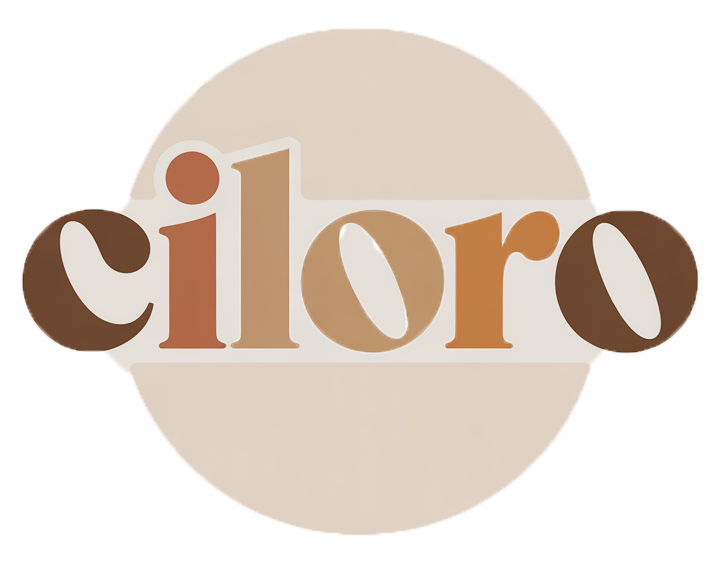Create Stunning Artificial Flower Arrangements at Home
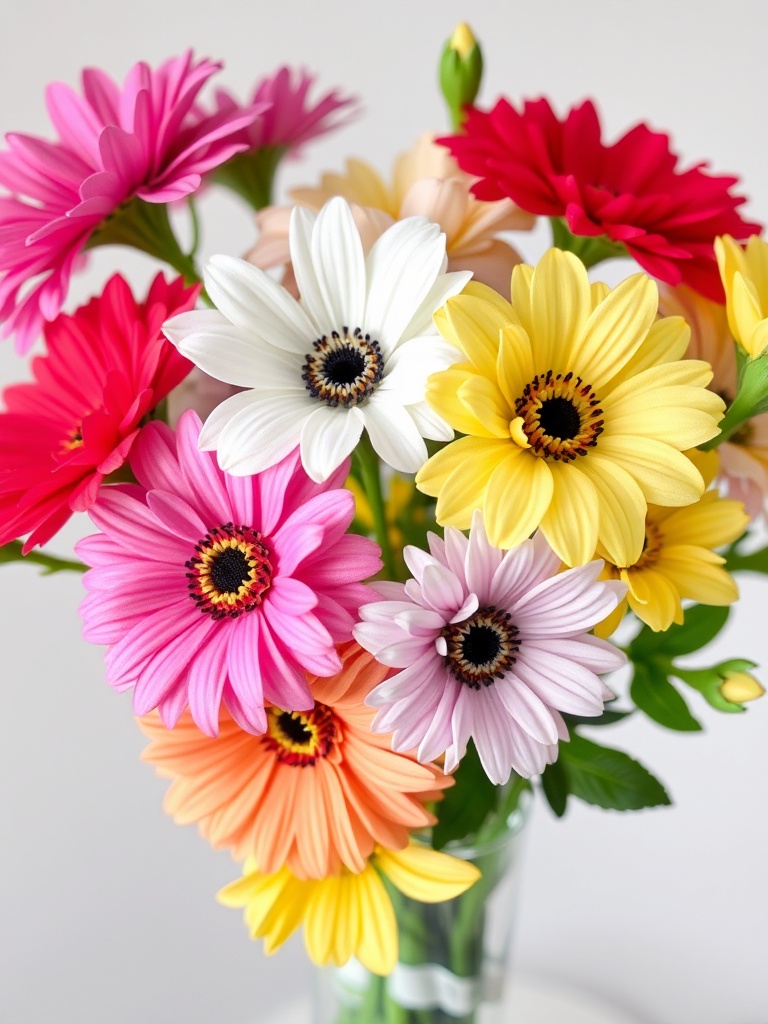
Artificial flowers have surged in popularity over the years, becoming a staple in home decor. Their ability to mimic the beauty of real blooms without the need for constant care makes them an appealing choice for many. Whether you're looking to brighten a room or add a decorative touch to an event, artificial flowers offer a versatile solution that fits any occasion.
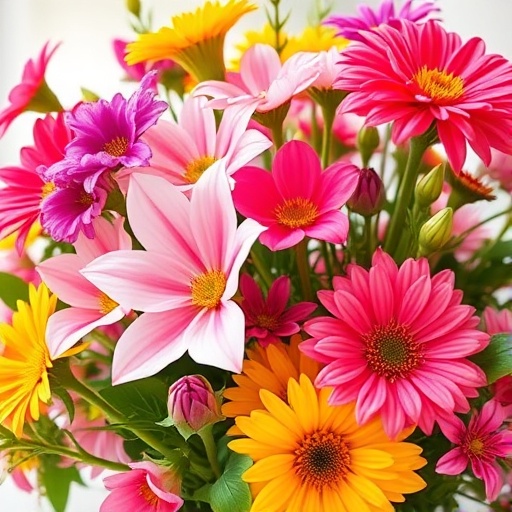
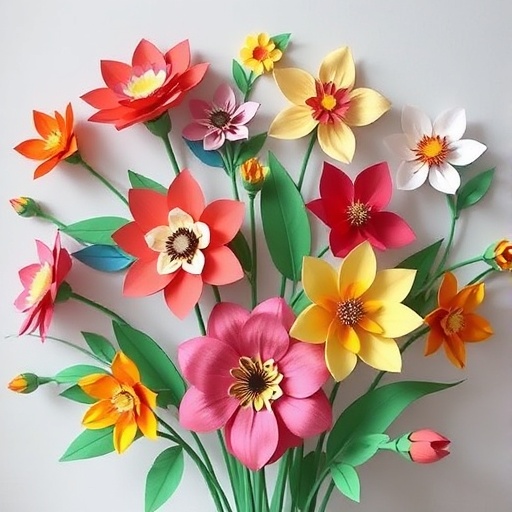
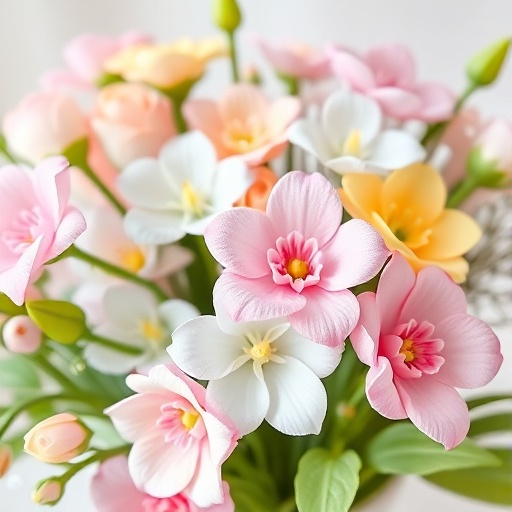
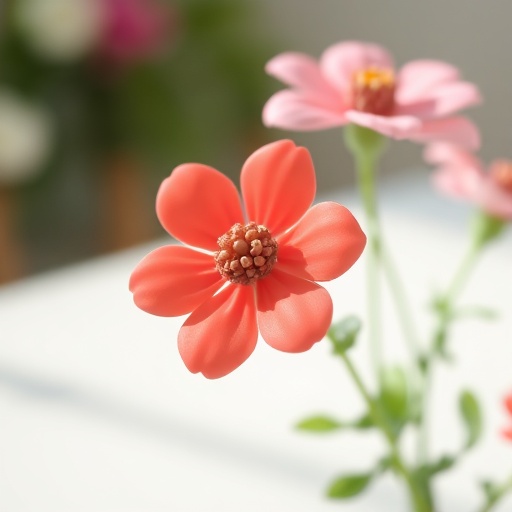
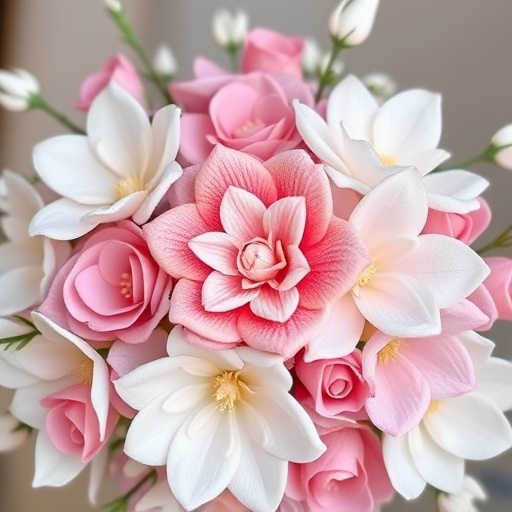
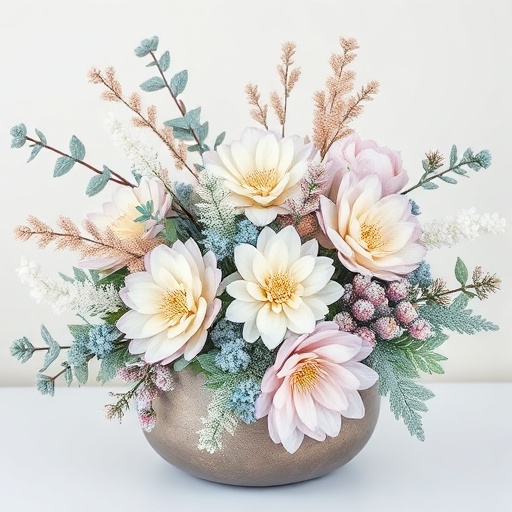
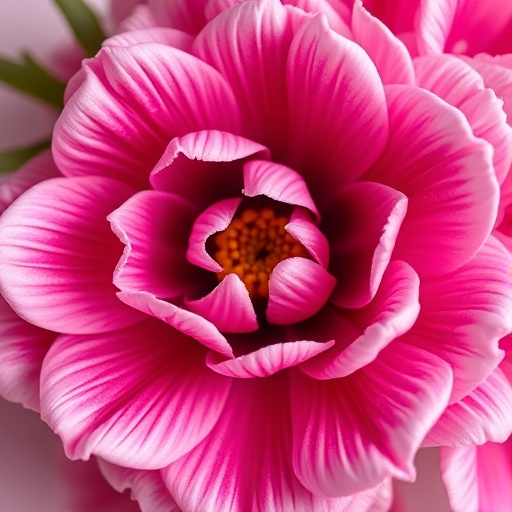
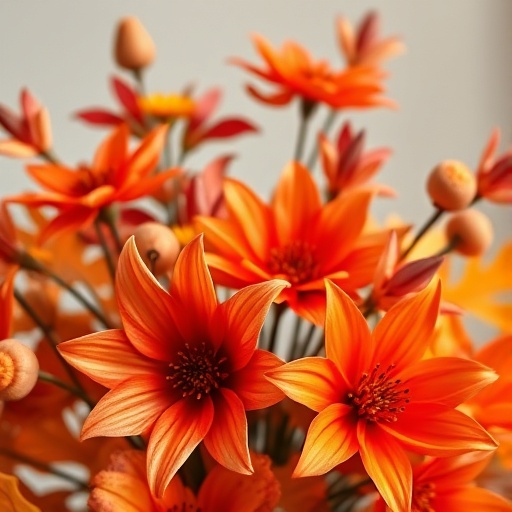
This article aims to guide you through the process of creating stunning artificial flower arrangements at home. From understanding the different types of artificial flowers to the step-by-step creation process, you will gain the knowledge needed to craft beautiful and lasting arrangements.
Understanding Artificial Flowers
Types of Artificial Flowers
- Silk flowers: Known for their realistic appearance and softness.
- Plastic flowers: Durable and often more affordable; suitable for outdoor use.
- Foam flowers: Light and versatile, often used for intricate designs.
- Paper flowers: Ideal for crafting and personalization, but less durable.
When choosing artificial flowers, consider their durability and aesthetics. Silk flowers tend to look the most natural but can be more expensive, while plastic options are sturdy and cost-effective.
Pros and Cons of Artificial Flowers
- Advantages:
- Low maintenance, requiring no watering or sunlight.
- Longevity, as they can last for years without wilting.
- Cost-effectiveness, especially when compared to fresh flowers.
- Disadvantages:
- Lack of natural scent, which can be a drawback for some.
- Potential for dust accumulation, requiring occasional cleaning.
Choosing the Right Flowers for Your Arrangement
Seasonal Considerations
When creating an arrangement, consider the season to choose the most appropriate flowers:
- Spring blooms: Pastel colors and delicate petals.
- Summer favorites: Bright, vibrant colors that evoke warmth.
- Autumn tones: Warm oranges, reds, and browns that reflect the season.
- Winter arrangements: Cool tones and elements that evoke a winter wonderland.
Color Theory in Flower Arrangements
Understanding color theory can enhance the beauty of your arrangements. Here are some key concepts:
- Complementary colors: Colors that are opposite each other on the color wheel create vibrant contrasts.
- Contrasting colors: Colors next to each other can create harmony and subtlety.
- Mood and ambiance: Different colors can evoke various feelings; for instance, blues and greens are calming, while reds and yellows are energizing.
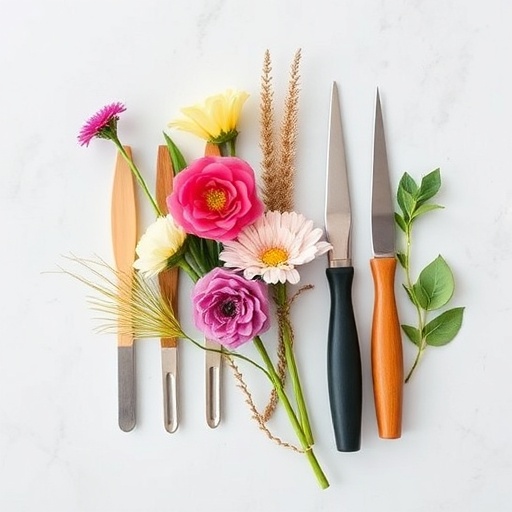
Essential Tools and Materials
Basic Tools Needed
- Floral foam for stability
- Wire cutters for trimming stems
- Hot glue gun for securing elements
- Scissors for cutting
- Floral tape for binding
Additional Decorative Elements
Consider incorporating these elements to enhance your arrangement:
- Greenery and fillers for added texture
- Vases and containers to complement your flowers
- Decorative stones or sand for a polished look
Planning Your Arrangement
Choosing a Theme
Your arrangement's theme can set the tone for its overall look. Here are some popular themes:
- Rustic: Natural materials and muted colors
- Modern: Clean lines and bold colors
- Romantic: Soft pastels and delicate flowers
- Minimalist: Simple designs with few elements
Size and Scale Considerations
When planning your arrangement, keep these points in mind:
- Proportions of flowers to containers are crucial for balance.
- Consider the height and width of arrangements to ensure they fit well in the intended space.
Step-by-Step Guide to Creating an Arrangement
Preparing Your Workspace
Before you begin, make sure your workspace is clean and organized. Having all necessary tools within reach will streamline the process.
Selecting and Cutting Flowers
Choose flower types and colors that suit your theme. Cut stems to appropriate lengths for your arrangement.
Arranging the Flowers
Start with a focal point, such as a larger flower, and build layers and texture by adding smaller blooms and greenery.
Securing the Arrangement
Use floral foam or tape to secure your arrangement. Make final adjustments to ensure stability and aesthetics.
Styling Your Arrangement
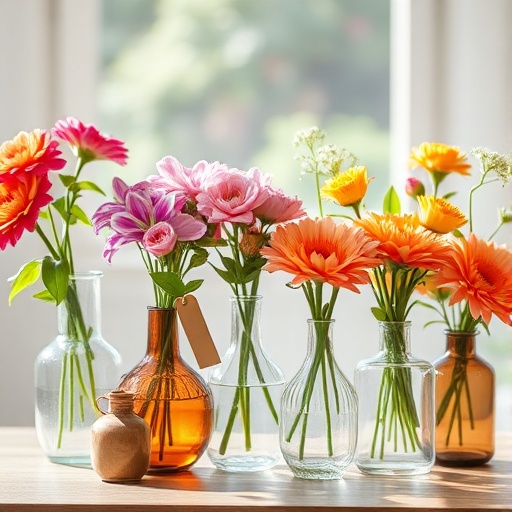
Choosing the Right Vase
The vase can significantly impact the overall look of your arrangement. Consider the following:
- Types of vases: Tall, short, wide, or narrow options can all work depending on your arrangement.
- Material considerations: Glass, ceramic, or metal can add different styles and textures.
Placement Tips
To maximize the visual impact of your arrangement, consider the best locations in your home:
- Living room for a focal point
- Dining table for an inviting atmosphere
- Entryway for a welcoming touch
Ensure that height considerations allow for visibility without obstructing views.
Maintenance of Artificial Flower Arrangements
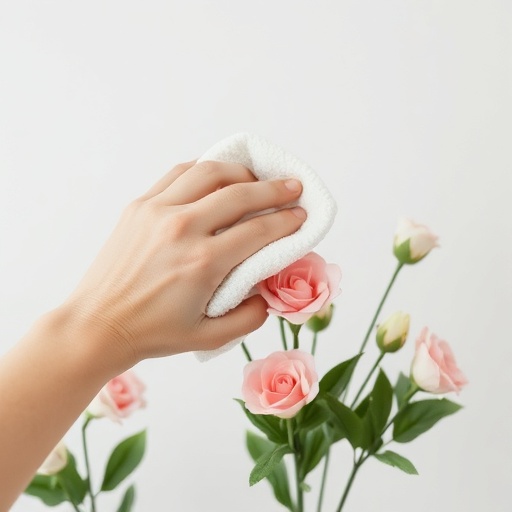
Cleaning Techniques
Regular cleaning will keep your arrangements looking fresh. Here are some methods:
- Dusting methods using a soft cloth or feather duster.
- Washing plastic flowers with mild soap and water.
Long-Term Care
To ensure the longevity of your arrangements, consider these long-term care tips:
- Store arrangements in a cool, dry place when not in use.
- Avoid direct sunlight to prevent fading of colors.
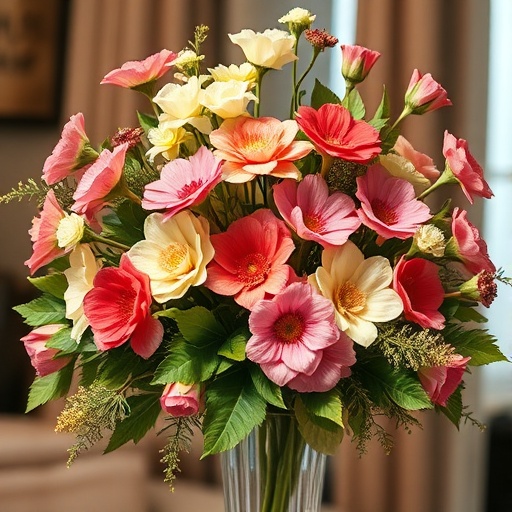
Creative Ideas for Unique Arrangements
Themed Arrangements for Special Occasions
Consider creating arrangements for specific events:
- Weddings: Elegant and romantic designs
- Holidays: Seasonal colors and themes
- Seasonal decor: Reflecting the season's essence
DIY Projects and Customization
Personalize your arrangements by incorporating unique elements. This could include:
- Using personal items or mementos in your designs.
- Experimenting with different materials to create custom flowers.
Troubleshooting Common Issues
Fixing a Disheveled Arrangement
If your arrangement looks disheveled, try rearranging the flowers. Adding additional elements can help achieve balance and cohesion.
Addressing Color Mismatches
To fix color mismatches, consider adjusting colors in your arrangement by:
- Incorporating neutral elements to balance brighter colors.
- Adding additional fillers to create a more cohesive look.
Conclusion
Creating artificial flower arrangements can be a joyful and creative endeavor. With the right knowledge and tools, you can craft beautiful pieces that enhance your home decor. Remember to experiment with different styles and personalize your creations to reflect your unique taste.
Recap
In summary, artificial flowers offer versatility and longevity, making them an excellent choice for home decor. With thoughtful planning and creativity, anyone can create stunning arrangements that bring beauty to their environment.
Key Takeaways
- Artificial flowers are low maintenance and long-lasting.
- Consider seasonal flowers and color theory for effective arrangements.
- Use the right tools and materials for the best results.
- Personalize arrangements to reflect your style and theme.
FAQ
What are the best types of artificial flowers to use?
The best types depend on your preference; silk flowers are known for their realism, while plastic flowers are more durable and cost-effective.
How do I clean artificial flowers?
Dust them regularly with a soft cloth and wash plastic flowers with mild soap and water when needed.
Can I use artificial flowers outdoors?
Yes, plastic flowers are suitable for outdoor arrangements, but be mindful of fading due to sunlight exposure.
How can I make my arrangements look more realistic?
Incorporate various textures, use a mix of sizes, and consider adding greenery or fillers to enhance the natural look.
What themes work best for artificial flower arrangements?
Popular themes include rustic, modern, romantic, and minimalist, each offering a unique style and ambiance.
